Results Begin Paying Off Over Vietnam
When the bombing halt was lifted and aircrews began tangling with Vietnamese MiGs again, it was immediately clear that TOP GUN training and tactics had clearly made a huge difference. The Navy kill-to-loss ratio rose from 3.7:1 before TOP GUN graduates went back to the fleet to 13:1 after TOP GUN began schooling Navy fighter aircrews. Having already experienced 1 vs 1, 1 vs 2, 2 vs 1, 2 vs 2, and more complicated engagement scenarios, TOP GUN graduates were far more experienced in ACM and it showed.
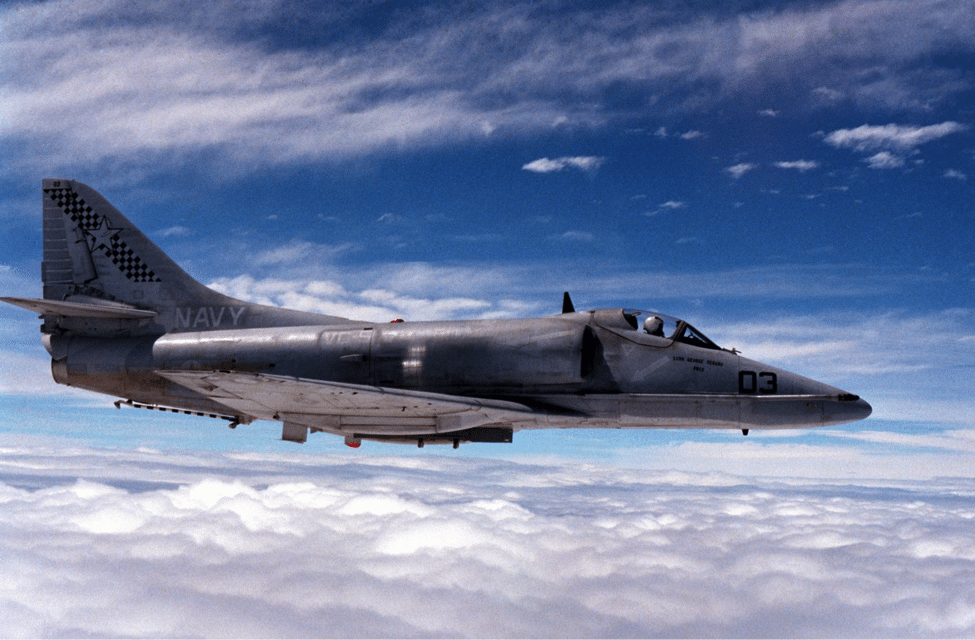
The First Navy Aces Were TOP GUN Guys
In several cases Navy aircrews who had graduated from TOP GUN and returned to the fleet were able to score air-to-air kills and later return to TOP GUN as instructors. Even though they had not graduated from TOP GUN, the Navy’s first aces of the war (Cunningham and Driscoll from VF-96 Fighting Falcons) flew many DACT ACM flights against TOP GUN instructors while they were training with VF-121.
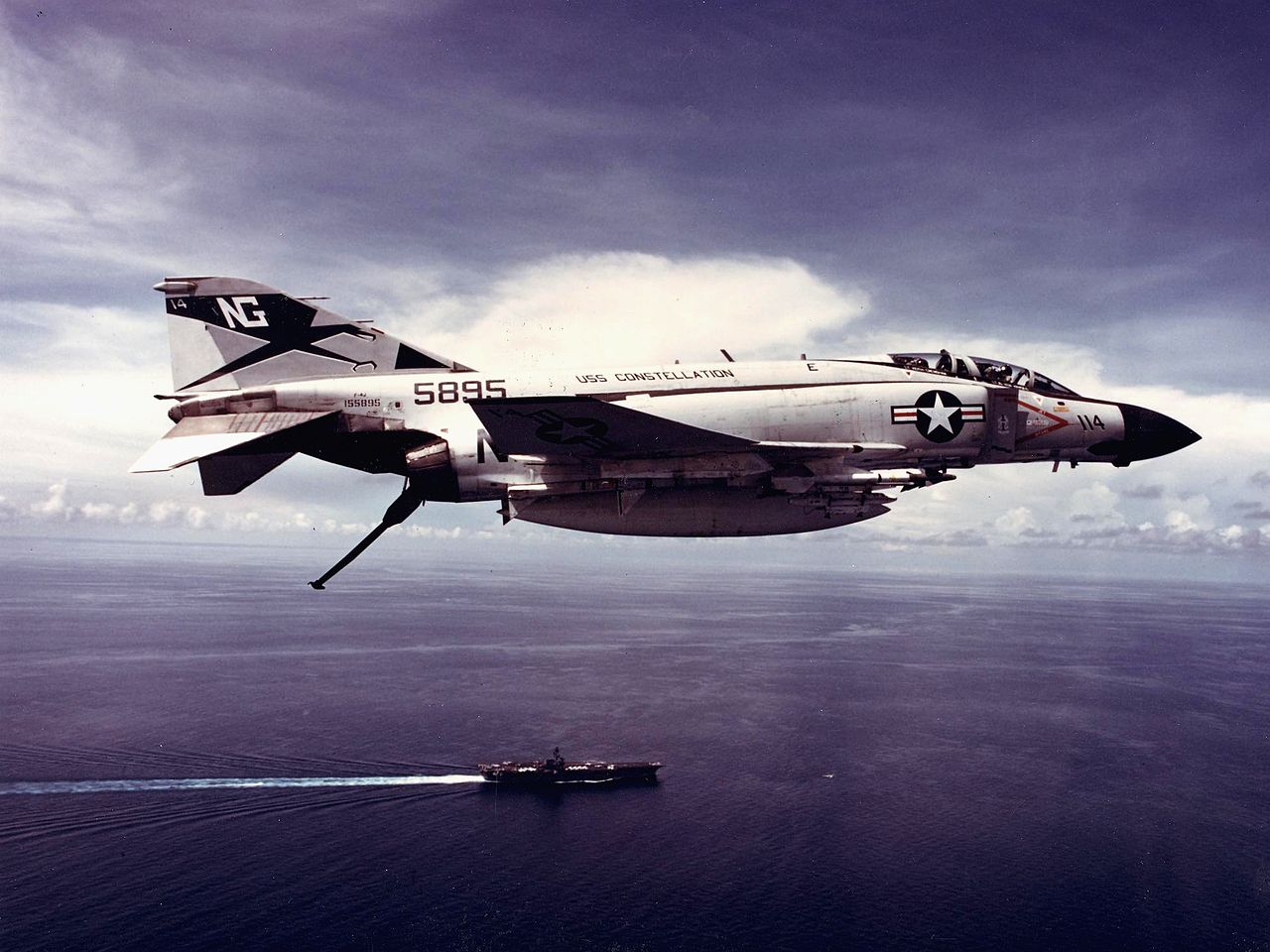
Meanwhile the Air Force kill-to-loss ratio did not improve despite the aforementioned improvements to their fighters.
Navy Establishes TOP GUN For Real
TOP GUN became a separate command thanks to the success of its graduates. As Navy fighter aircraft evolved over the next two decades, so too did Navy fighter doctrine. TOP GUN acquired their own F-5E (single seat) and F-5F (two seat) Freedom Fighter aircraft to better impersonate the MiG-21 and later the MiG-23 Flogger. Their A-4s received uprated J-52-P408 engines. The new engines, along with the removal of equipment superfluous to their role as lightweight fighter imposters, gave the already maneuverable A-4s outstanding performance to match.
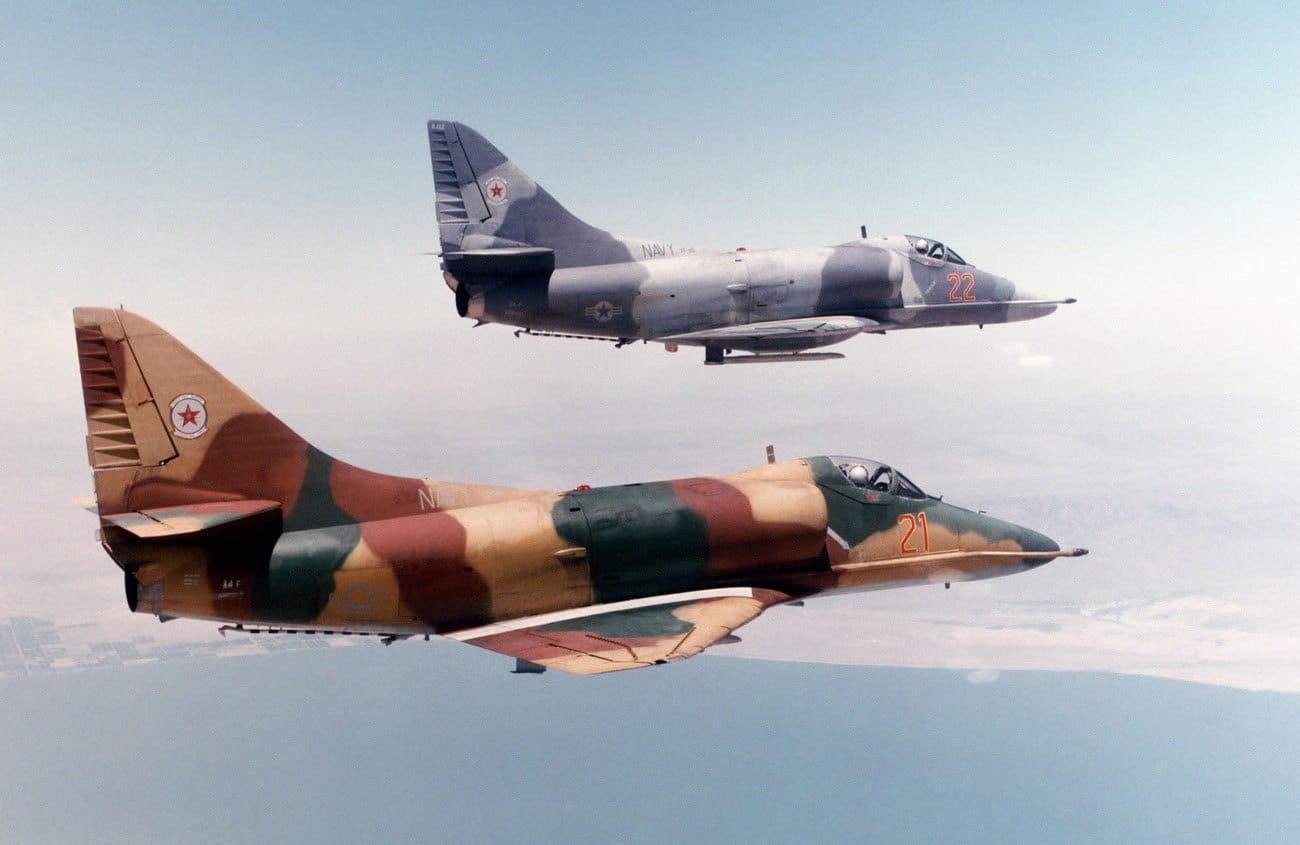
There Were/Are Plenty of Other Places to Get DACT
Adversary training and practice were and still are conducted outside of TOP GUN as well. At Naval Air Station Key West in Florida, every year a group of adversary pilots square off against fleet fighter squadrons. At NAS Fallon in Nevada, Marine Corps Air Station Yuma in Arizona, and NAS Roosevelt Roads in Puerto Rico, DACT training occurs either as dedicated and focused ACM or as part of larger exercises.
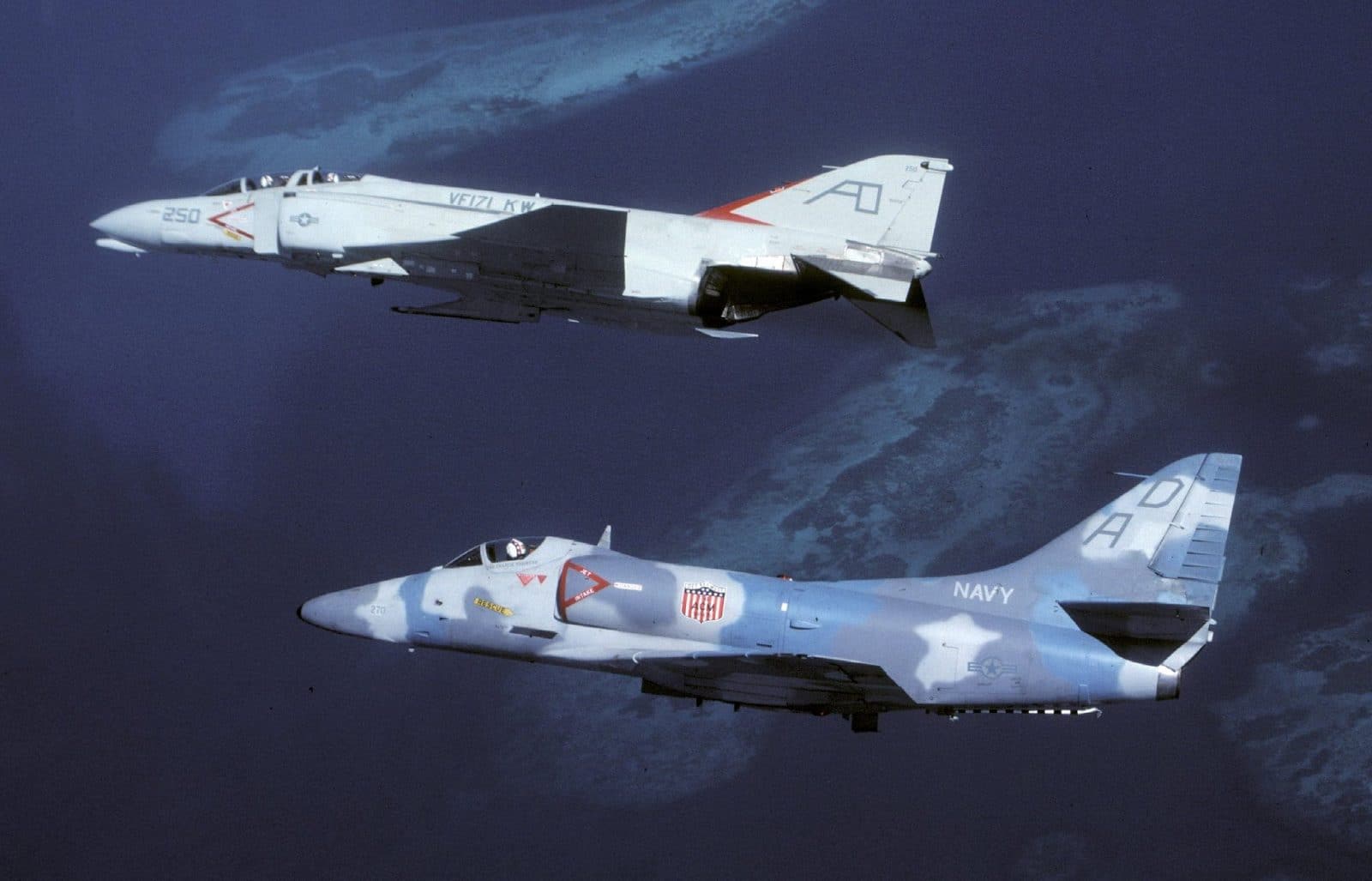
Libyans No Match for TOP GUN Grads Either
The tactics taught at TOP GUN would pay dividends again during the 1980s. In two separate incidents, the first on 19 August 1981 and the second on 4 January 1989, F-14 Tomcats were threatened by Libyan aircraft flying aggressively (or launching missiles). The Tomcat pilots had benefited from years of collective experience in ACM against a variety of DACT adversaries. In both engagements the scores were Navy 2, Libya 0. Both scores also made awesome Tomcat T-shirts.
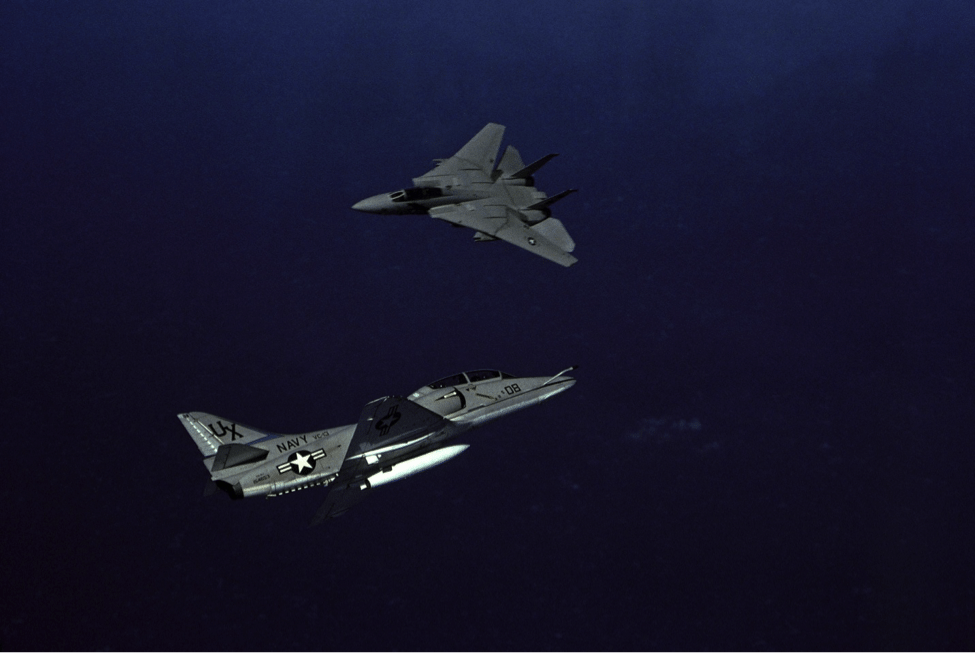
The Air Force Creates Red Flag for DACT
The Air Force did create its own DACT training program, as well as Red Flag, which simulates the first ten combat missions a crew might be expected to fly in wide-ranging and realistic conditions. Both services benefitted from the Air Force Have exploitation programs and the 4477th Test and Evaluation Squadron. Shrouded in secrecy for many years, actual MiG aircraft were acquired and their characteristics analyzed. Strengths and weaknesses were evaluated and performance estimates went from informed guesses to first-hand knowledge. A select few TOP GUN instructors were allowed to fly the Soviet aircraft and pass along their findings to their students. A limited number of ACM engagements were flown against the MiGs in the restricted skies over Nevada.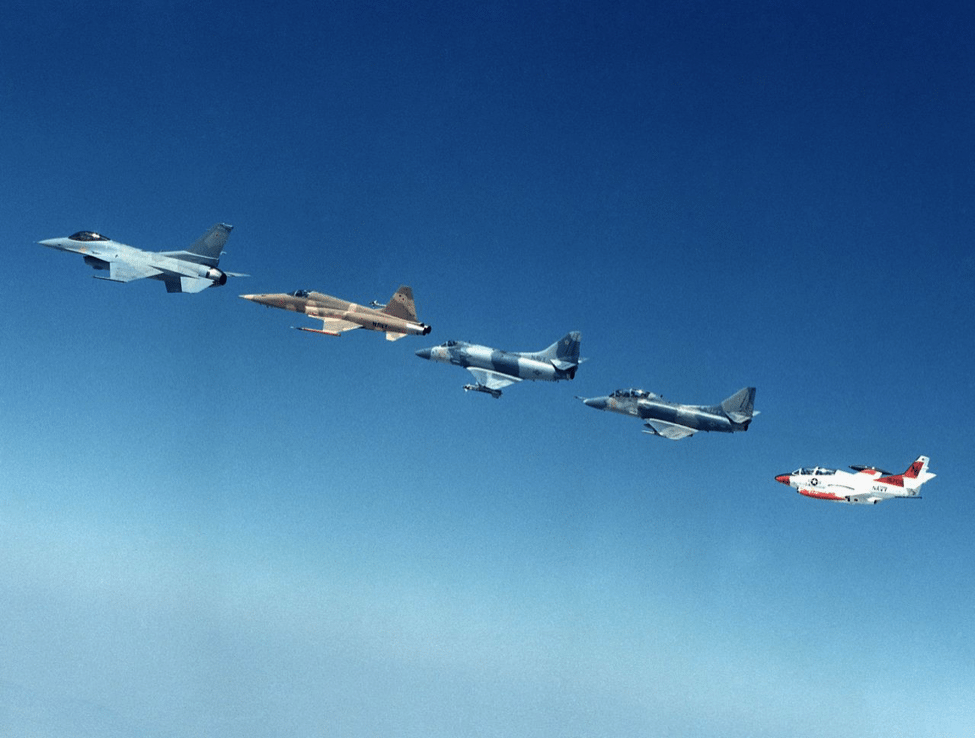
Next-Generation Impersonators
TOP GUN added the Air Force F-16 Fighting Falcon to their stable of dedicated aggressor aircraft when F-14 Tomcat and F/A-18 Hornet crews were faced with potentially engaging newer Soviet fighter aircraft like the MiG-29 Fulcrum and Su-27 Flanker fighters. The first group of Navy F-16Ns developed structural cracks that resulted in the aircraft being grounded permanently. A second group of early-production F-16As and F-16Bs were refurbished and diverted to the Navy when an embargo prevented their sale to Pakistan. TOP GUN still uses these F-16s, along with F/A-18s, as their primary aggressor aircraft today.
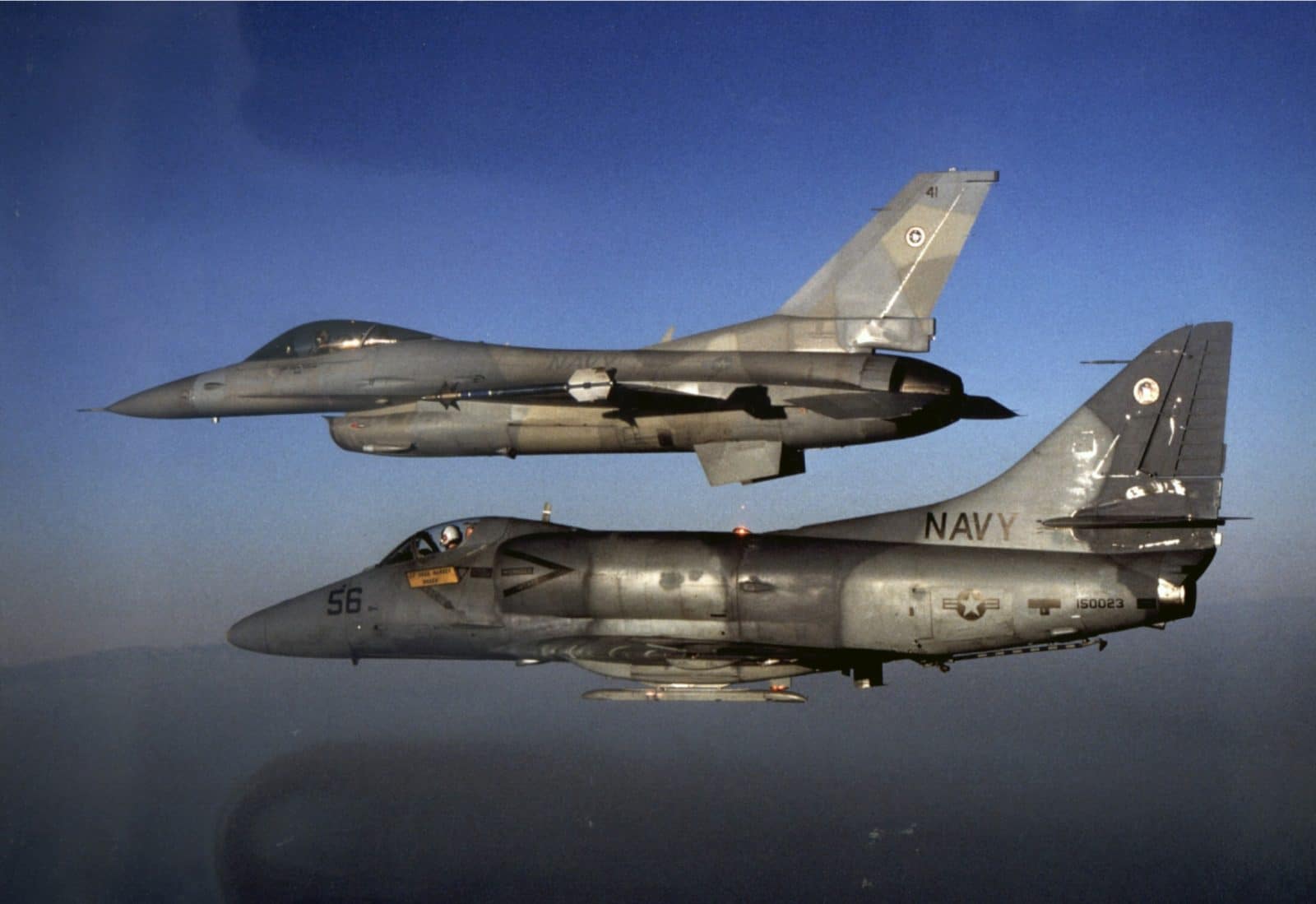
Hummers in the Mix
TOP GUN training also began to include E-2 Hawkeye early warning aircrews in order to fine-tune the coordination between the Tomcat and Hawkeye crews required to successfully engage targets from longer distances. The TOPGUN course has evolved as have the aircraft crews in training fly. In March of 1985 the last F-4 crews graduated from the school. October of 2003 saw the last F-14 TOP GUN graduate crews.

Changing Names and Moving to the Desert
The school was moved from Naval Air Station (now Marine Corps Air Station) Miramar to Naval Air Station Fallon in Nevada during 1996 to be re-invented as the Strike Fighter Tactics Instructor (SFTI) program, now a department of the Naval Strike and Air Warfare Center (NSAWC) at Fallon.
Editor’s Note: When You See It
Here is a question for all you readers out there. In the movie Top Gun, “Maverick” employs (not once but twice) a tactic described as “hitting the brakes”, thereby forcing the trailing aircraft about to lock him up to “fly right by.” Exactly how does firewalling the throttles (not once but indeed twice) relate to “hitting the breaks?” Not the only head-scratcher in the film but seriously…that really got past everybody?
[youtube id=”7RaMp2r7eWI” width=”800″ height=”454″ position=”left”]

[…] Control squadrons for many years. The installation is also forever famous for its association with TOP GUN, the Naval Fighter Weapons School (NFWS) now located at NAS Fallon in Nevada. Uploaded to YouTube by sdasmarchives, the film includes some […]
TOPGUN, One word, all caps.